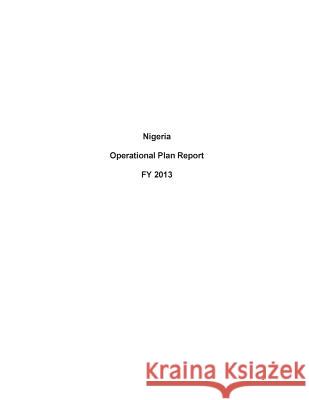Nigeria Operational Plan Report FY 2013 » książka
Nigeria Operational Plan Report FY 2013
ISBN-13: 9781503194229 / Angielski / Miękka / 2014 / 334 str.
The Federal Republic of Nigeria consists of six geo-political zones that include thirty-six (36) states and the Federal Capital Territory (FCT), which, in turn, contain seven-hundred and seventy-four (774) local government areas (LGAs). Nigeria occupies an area more than twice the size of the State of California. In both geographic size and population, many states are larger than various African countries. The country has 3.46 million HIV-positive individuals and constitutes the third greatest burden of HIV/AIDS care and treatment worldwide. Adding to this burden are the estimated 2.19million children orphaned by HIV/AIDS.1 Nigeria also has one of the highest tuberculosis (TB) burdens in the world (311/100,000 population2) and the largest TB burden in Africa. Many TB cases go undetected, despite increasing TB detection rates and TB program coverage. This situation results in significant challenges for the HIV/AIDS response due to the high rates of TB/HIV co-infection. Since reporting the first case of AIDS in Nigeria in 1986, the epidemic has become generalized. This illness affects all population groups and spares no geographical area. Generalized prevalence among 15-49 year olds is about 3.6 percent3, but significantly higher rates exist among key populations, including commercial sex workers (30.2-37.4 percent), injecting drug users (5.6 percent), and men who have sex with men (13.5 percent)4. Heterosexual transmission accounts for up to 95 percent of HIV infections. Women account for close to 60 percent of all adults living with HIV.5
Zawartość książki może nie spełniać oczekiwań – reklamacje nie obejmują treści, która mogła nie być redakcyjnie ani merytorycznie opracowana.











